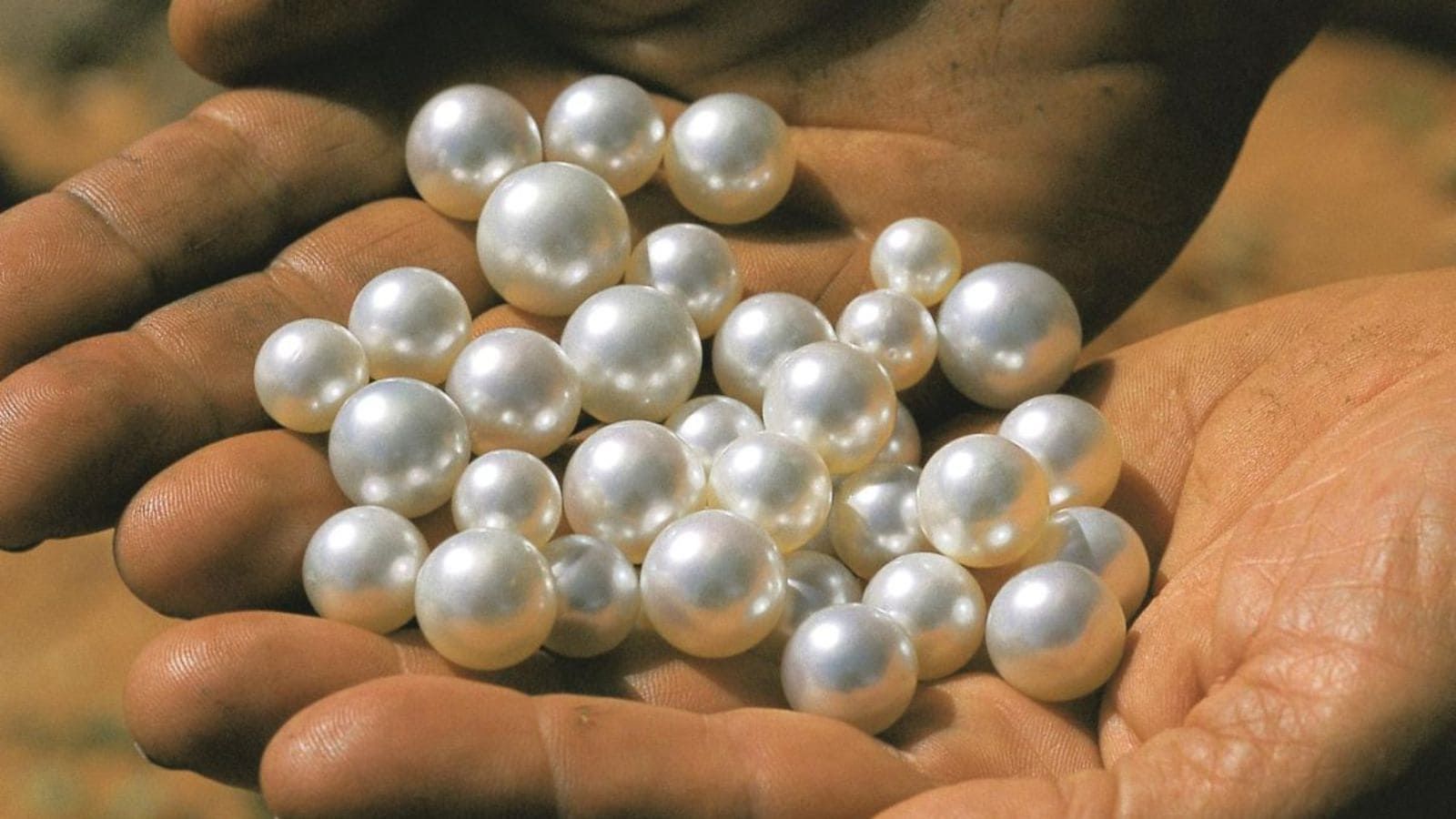Last update:
Pearl agriculture does not require vast extensions of land or intensive manual labor. All that is needed is a modest investment, a basic training and a willingness to learn science.
Farmers are resorting to pearl agriculture to obtain higher income.
In a surprising change of traditional crops, a growing number of farmers throughout the country is immersing itself in pearl agriculture, an unexpected but highly profitable company. For a long time it is believed that it is the domain of deep water divers and coastal communities, the cultivation of pearls is now reaching the interior villages, offering a golden opportunity for those who seek to complement or even transform their agricultural income.
The pearls, once harvested from the ocean depths, can now be grown in their own backyard. Thanks to modern techniques and growing consciousness, fresh water pearl agriculture has become an accessible and rewarding business. And does not require large extensions of land or intensive manual labor. All that is needed is a modest investment, a basic training and a willingness to learn science behind these light gems.
What is pearl agriculture?
In a nutshell, pearl agriculture is the practice of growing pearls within oysters into controlled conditions. Like fish farming, this process involves raising oysters in ponds or specially prepared tanks. A small nucleus, usually a small cord, is surgically implanted within the oyster. Over time, the obscure of the cordon, forming a pearl. The process takes between 10 and 12 months, and with adequate attention, the results can be impressive, both visual and financial.
Crucially, this method imitates the formation of natural pearls but in an administered and predictable environment. Farmers can undertake this process directly in their fields by building small ponds or tank installation, which makes it an ideal company for those with limited land resources.
The income potential in pearl agriculture is what is really calling the attention of rural entrepreneurs. Imagine a farmer keeping a pond with 20,000 oysters. If each oyster successfully produces a single pearl, and the market price ranges between RS 300 and RS 1,500 per pearl, total income can quickly rise to millions of rupees.
The initial investments, which cover the cost of the construction of ponds, the acquisition of oysters and the maintenance of routine, are estimated between RS 8 to RS 10 Lakh. Even after accounting for these expenses, farmers obtain significant profits, especially if they can take advantage of premium markets or produce pearls of greater degree.
How to start pearl agriculture
Starting a pearl farm requires precision and care, especially during the critical stage of the implantation of the nucleus. This delicate procedure implies inserting the account into the body of the oyster, a task that requires constant hands and adequate training.
That's where government support plays a vital role. Institutions such as Krishi viglyan Kendras and Matsya Vikas Tables They are offering specialized training programs to teach farmers all aspects of pearl cultivation, from pond configuration and oyster care to surgical implementation and pearl collection. These programs are free or available at a minimum cost.
In addition, several state governments provide subsidies and technical assistance, relieving financial burden and encouraging more farmers to venture in this innovative field.
- First published:












